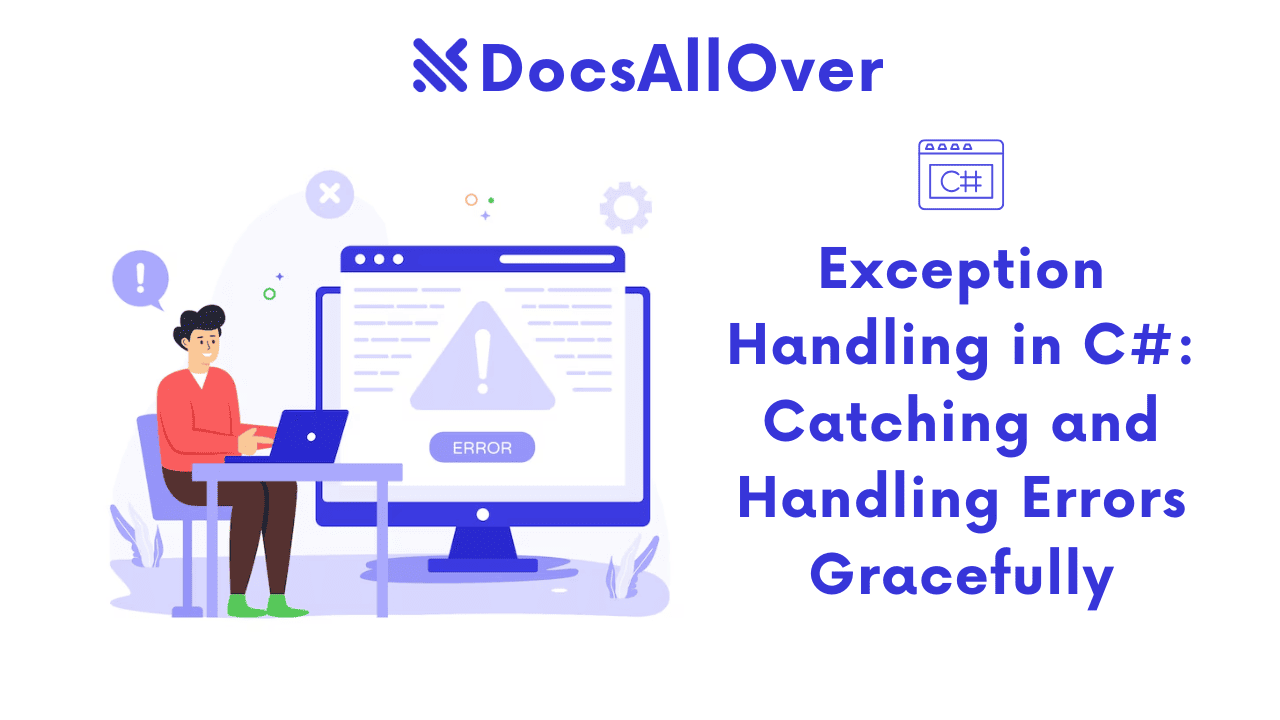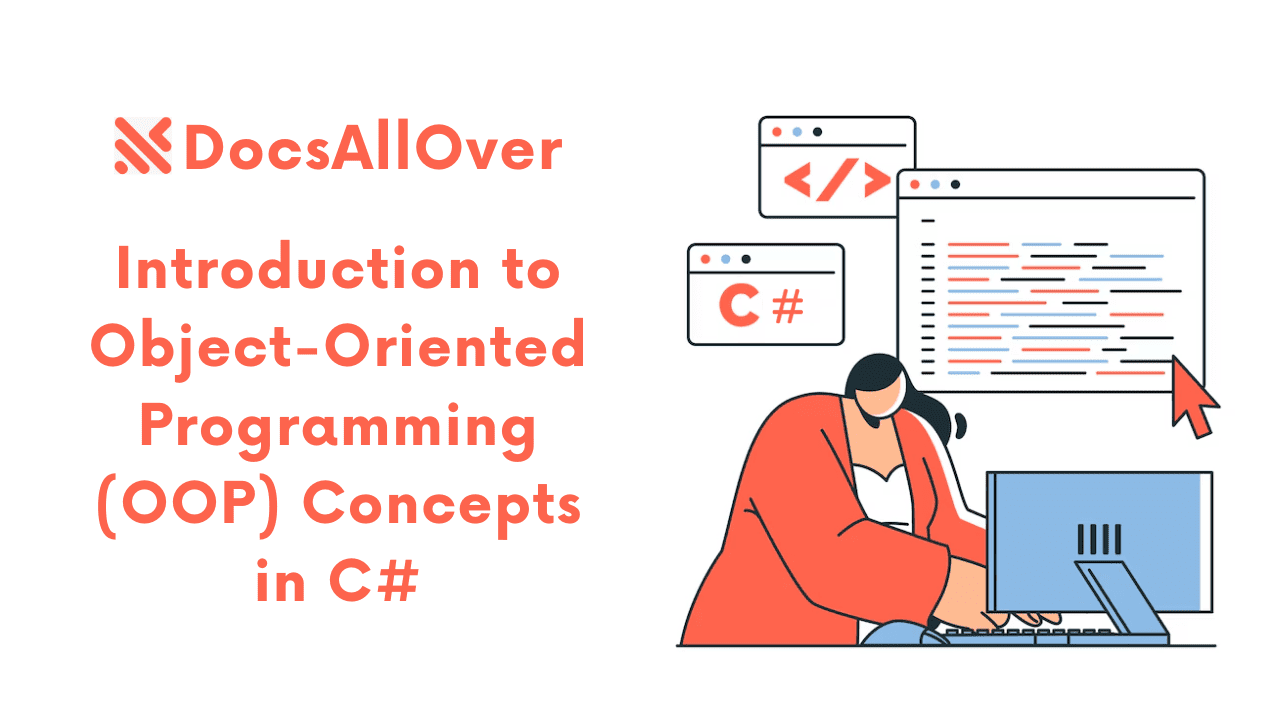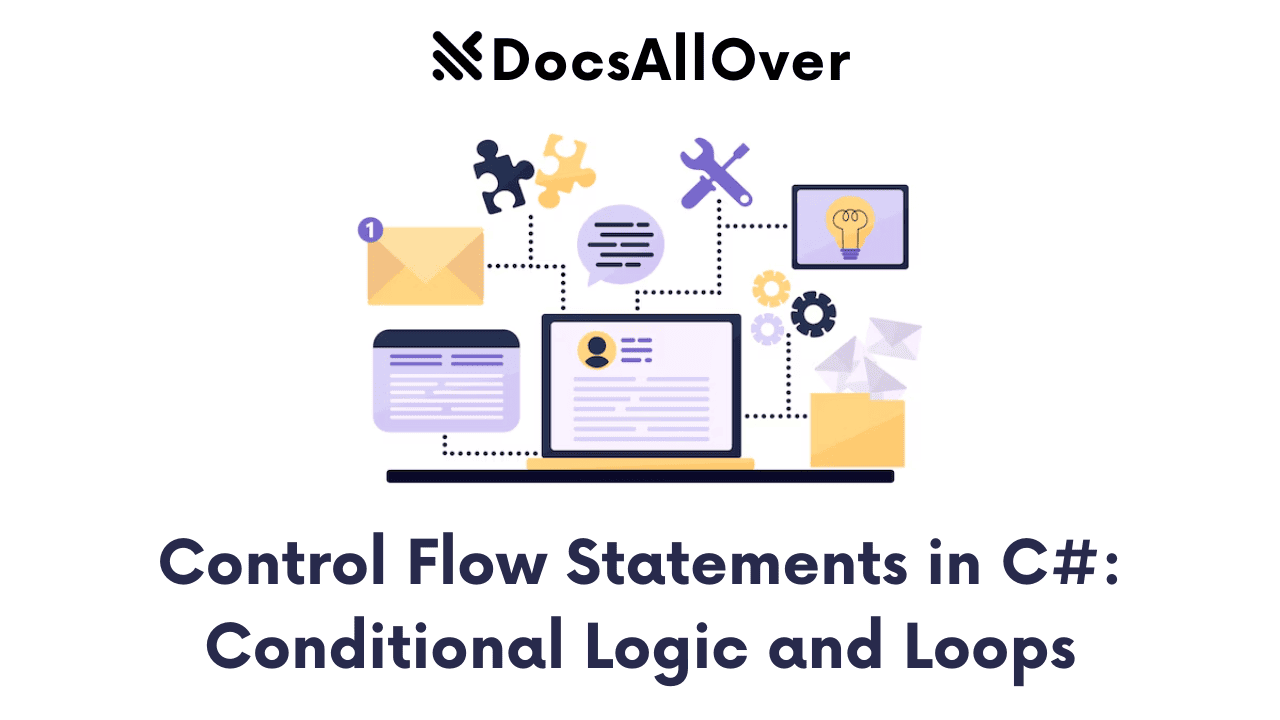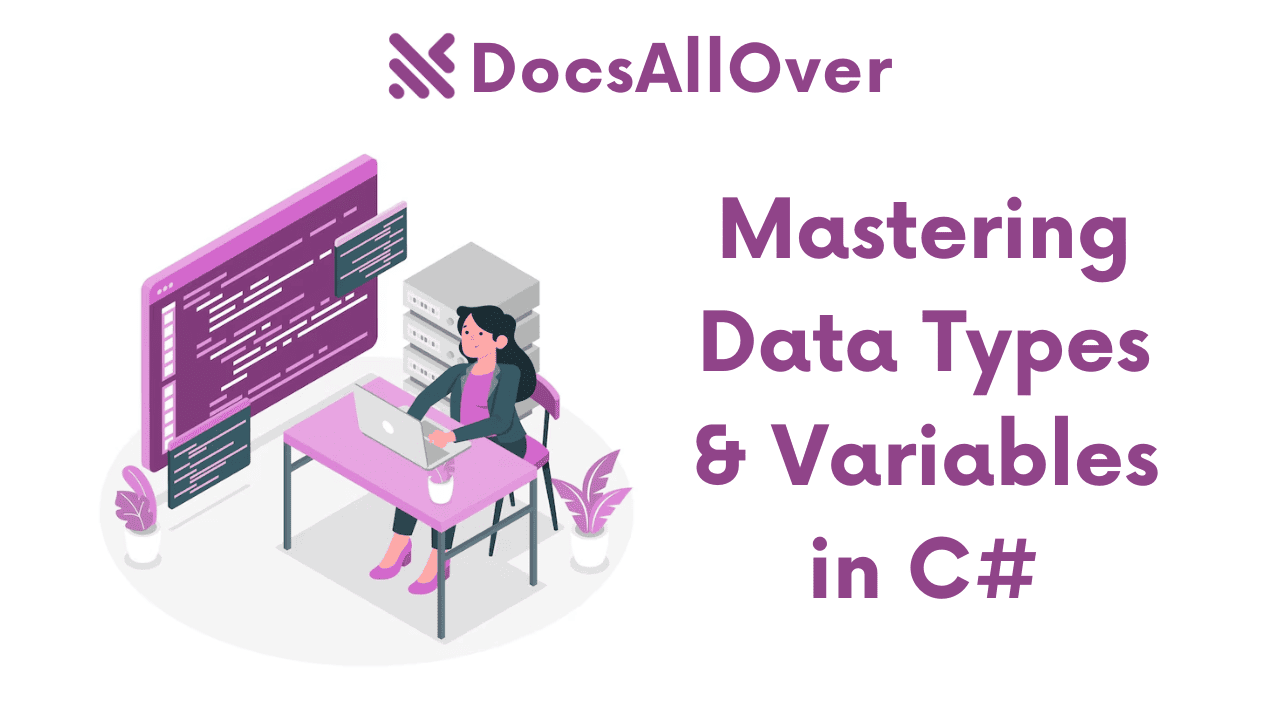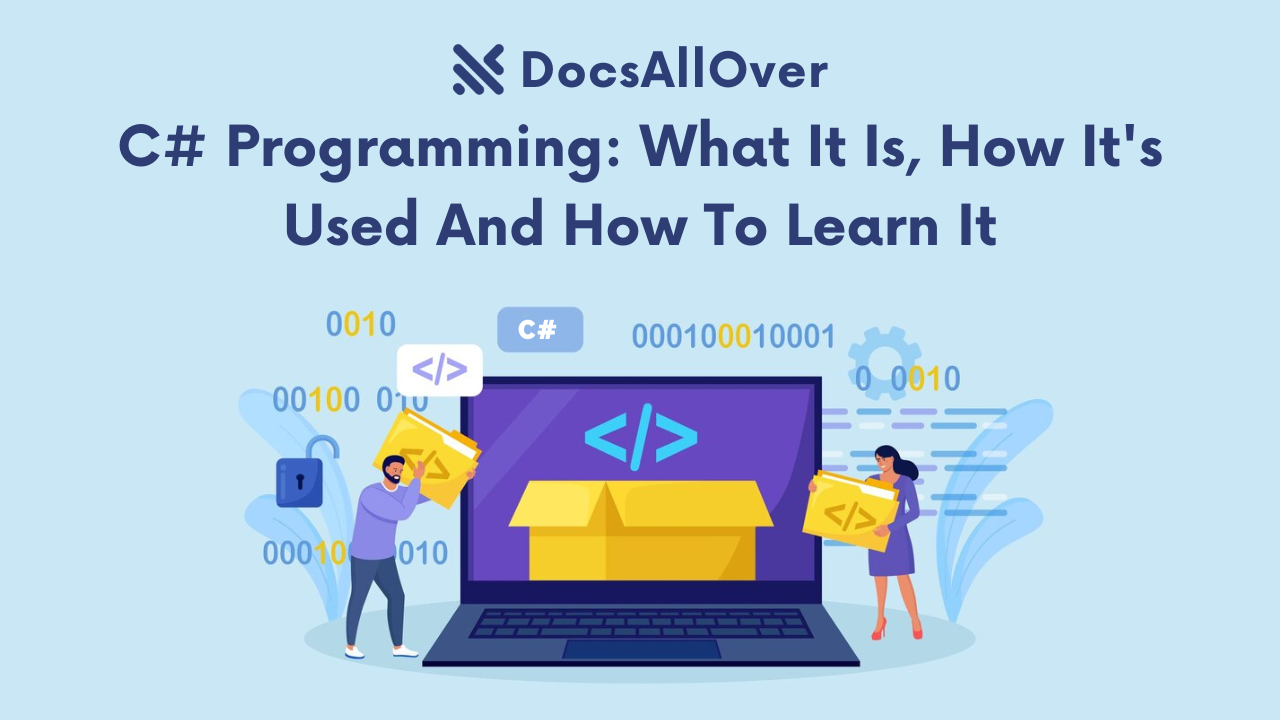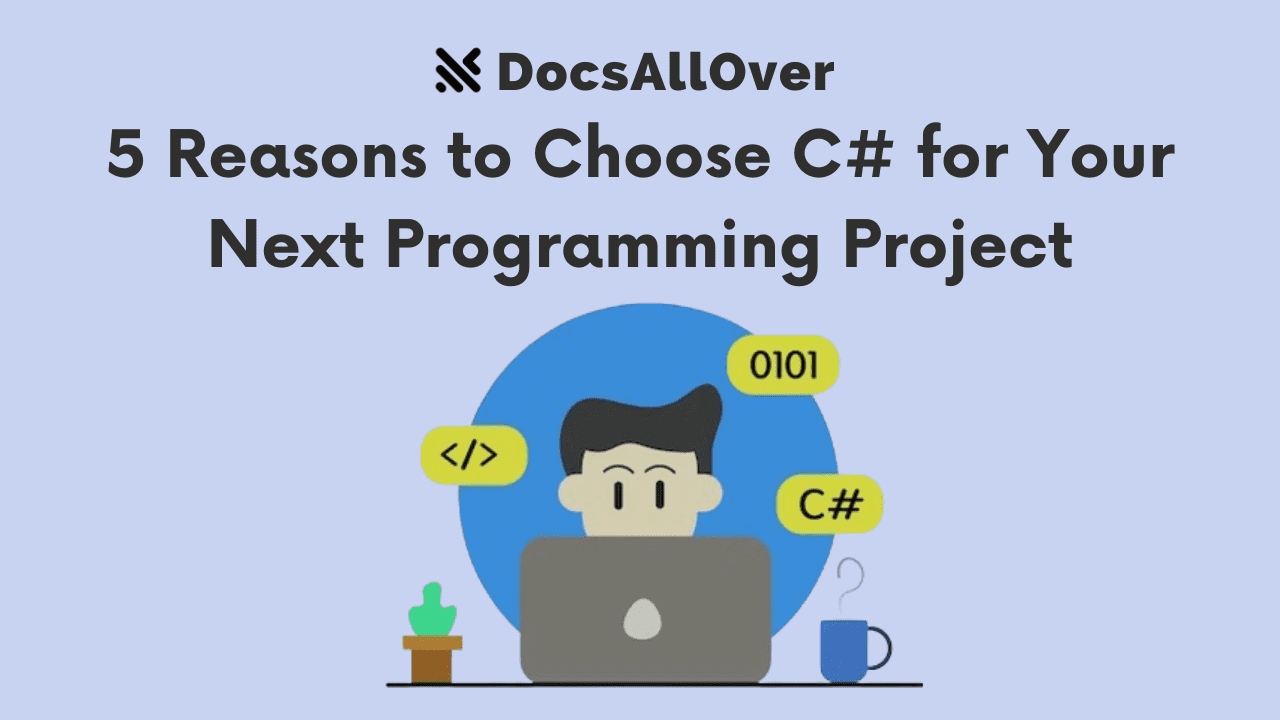Working with Functions and Methods in C#

What are Functions and Methods in C#?
Functions and methods are fundamental building blocks of C# programming. They are reusable blocks of code that perform specific tasks.
- Functions: General-purpose procedures that can be called from anywhere in your code.
- Methods: Functions that are associated with a specific class or struct.
Importance of Understanding Functions and Methods
Functions and methods are essential for:
- Modularity: Breaking down your code into smaller, reusable components.
- Reusability: Avoiding code duplication and promoting code efficiency.
- Organization: Improving code readability and maintainability.
- Abstraction: Hiding implementation details and providing a clear interface.
Overview of Function and Method Concepts
- Syntax: Functions and methods have a similar syntax, including a return type, name, parameters, and a body.
- Parameters: Functions and methods can take parameters as input.
- Return values: Functions can return values, while methods can also modify the state of the object they belong to.
- Access modifiers: You can control the visibility of functions and methods using access modifiers (public, private, protected, internal).
Defining Functions and Methods
Syntax for Defining Functions and Methods
Function:
Method:
Parameters and Return Types
- Parameters: Functions and methods can take parameters as input. These parameters are defined within parentheses after the function or method name.
- Return types: Functions and methods can return values. The return type is specified before the function or method name.
Access Modifiers
Access modifiers control the visibility of functions and methods:
- public: Accessible from anywhere.
- private: Accessible only within the same class.
- protected: Accessible within the same class and derived classes.
- internal: Accessible within the same assembly.
Example:
In this example, GetValue is a public method that can be accessed from outside the class, while PrivateMethod is a private method that can only be accessed within the class.
Calling Functions and Methods
How to Call Functions and Methods
To call a function or method, you simply use its name followed by parentheses containing the arguments (if any).
Example:
Passing Arguments
When calling a function or method, you can pass arguments to it. These arguments are used as input values within the function or method.
Example:
Returning Values
Functions can return values using the return keyword. Methods can also return values, but they are often used to modify the state of the object they belong to.
Example:
In this example, the AddNumbers function returns the sum of the two input values.
Value Types vs. Reference Types
Understanding the Difference Between Value Types and Reference Types
In C#, data types are classified into two categories: value types and reference types.
- Value Types: When you assign a value type variable to another, a copy of the value is created. Changes made to one variable do not affect the other. Examples of value types include
int,double,bool,char,enum, andstruct. - Reference Types: When you assign a reference type variable to another, both variables refer to the same object in memory. Changes made to one variable will affect the other. Examples of reference types include
string,class,interface,array, anddelegate.
Passing Value Types and Reference Types as Arguments
- Passing value types: When you pass a value type as an argument to a method, a copy of the value is created. Any modifications made to the argument within the method do not affect the original value.
- Passing reference types: When you pass a reference type as an argument to a method, a copy of the reference is created. Both the original variable and the argument refer to the same object in memory. Any modifications made to the object within the method will affect the original variable.
Implications for Function Behavior
- Value types: Changes made to value type arguments within a method do not affect the original values.
- Reference types: Changes made to reference type arguments within a method can affect the original objects.
Example:
In this example, modifying the intValue within the ModifyValue method does not affect the original value, while modifying the intList within the ModifyReference method affects the original list.
Function Overloading
What is Method Overloading?
Method overloading is the ability to define multiple methods with the same name but different parameters in the same class. The compiler determines which method to call based on the number and types of arguments passed to it.
Rules for Overloading Methods
- Method name: The methods must have the same name.
- Parameter types: The methods must have different parameter types or a different number of parameters.
- Return type: The return type is not considered for method overloading.
Benefits of Method Overloading
- Code reusability: You can define multiple methods with the same name but different parameters, reducing code duplication.
- Flexibility: Method overloading allows you to provide different implementations for the same operation based on the input parameters.
- Improved readability: It can make your code more readable by using meaningful method names that reflect the different operations they perform.
Example:
In this example, the Calculator class has two Add methods with different parameter types. The compiler will choose the appropriate method based on the types of arguments passed to it.
Recursion
Understanding Recursion
Recursion is a programming technique where a function calls itself directly or indirectly. It's often used to solve problems that can be broken down into smaller, similar subproblems.
Recursive Functions and Their Applications
Recursive functions can be used to solve a variety of problems, such as:
- Factorial calculation: Calculating the factorial of a number.
- Fibonacci sequence: Generating the Fibonacci sequence.
- Tree traversal: Traversing tree data structures.
- Divide-and-conquer algorithms: Algorithms that break down a problem into smaller subproblems, solve the subproblems recursively, and combine the results.
Example: Factorial calculation
Tail Recursion Optimization
Tail recursion is a special case of recursion where the recursive call is the last operation performed within the function. In some programming languages, compilers can optimize tail recursion to avoid stack overflow errors.
Example:
In this example, the recursive call is the last operation, making it suitable for tail recursion optimization.
Best Practices for Using Functions and Methods
Naming Conventions
- Clear and descriptive names: Choose names that accurately reflect the purpose of the function or method.
- Use PascalCase for methods: Follow the C# naming convention of starting with an uppercase letter and using PascalCase for subsequent words.
- Use camelCase for private methods: Use camelCase for private methods to distinguish them from public methods.
Function and Method Design
- Keep functions and methods small and focused: Avoid creating overly complex functions or methods. Break down large functions into smaller, more manageable ones.
- Use meaningful parameter names: Choose parameter names that clearly indicate their purpose.
- Avoid side effects: Try to make functions and methods pure functions that only rely on their input parameters and return a value. Avoid modifying global variables or external state within the function.
- Consider using generics: Use generics to make your functions and methods more flexible and reusable.
Code Organization and Modularity
- Organize your code into logical units: Group related functions and methods into classes or namespaces.
- Use comments to explain the purpose of functions and methods: Write clear and concise comments to document your code.
- Follow coding standards and conventions: Adhere to coding standards and conventions to ensure consistency and readability.

